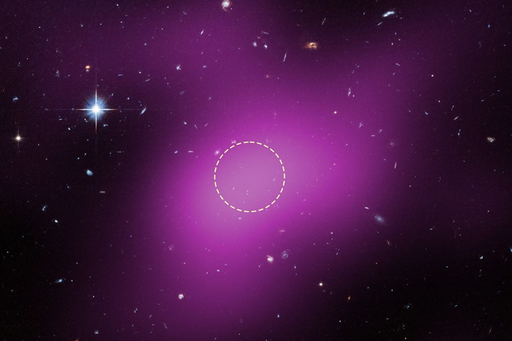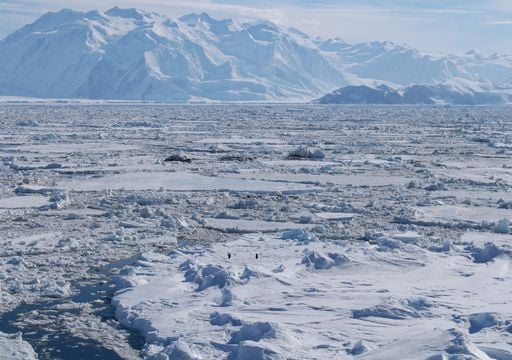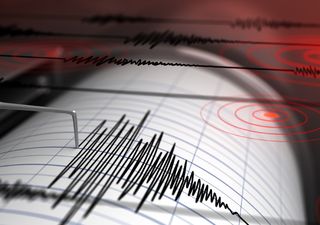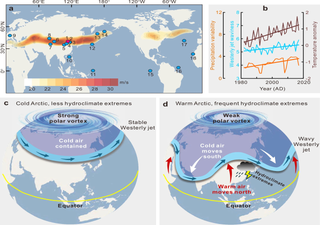Two New Zealand Geologists Manage to Solve Key Riddles About the Early Earth in the Barberton Rocks
New Zealand geologists discover evidence of prehistoric earthquakes 3.3 billion years ago, challenging perceptions about the Earth's ancient tectonic activity.
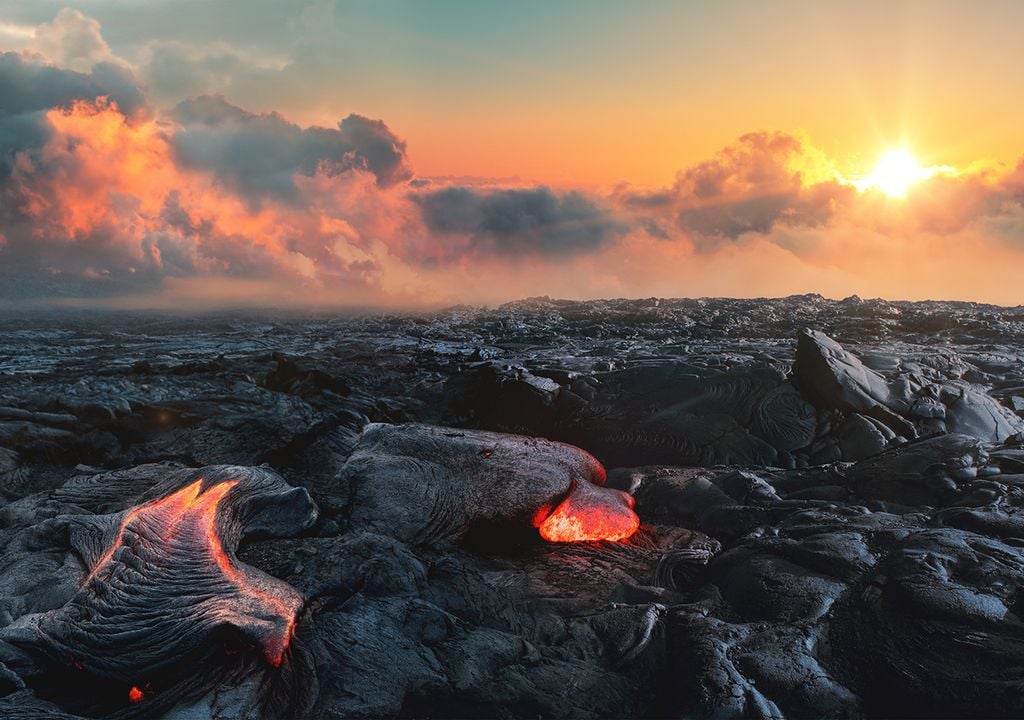
Two geologists from New Zealand have made an extraordinary discovery that reveals the first signs of earthquakes in the history of the Earth. Simon Lamb and Cornel de Ronde, researchers from Wellington's Victoria University and GNS Science respectively, unearthed evidence of massive earthquakes in a geological record 3.3 billion years old.
These findings challenge the previous notion that the primordial Earth was a quiet world and devoid of significant tectonic activity. Instead, they suggest that the planet was marked by intense seismic activity.
The mysteries of the geological past
At the beginning of their careers, Lamb and de Ronde focused on the study of ancient geological records in the green stone belt of Barberton, South Africa. These rocks, between 3.6 and 3.2 billion years old, offer a unique window into the distant past of our planet. For years, these rock formations had baffled scientists, with their complex mixture of volcanic, sedimentary and marine materials.
Deciphering the geological code
After years of meticulous research, Lamb and de Ronde finally managed to unravel the enigmas of the Barberton rocks. What they discovered was amazing: evidence of massive earthquakes that shook the Earth billions of years ago.
Los montes sudafricanos Barberton Makhonjwa no parecen especiales, pero durante el siglo XX los geólogos consensuaron que este fue uno de los primeros lugares emergidos del planeta. Las rocas komatitas dataron este acontecimiento en 3.600M de años https://t.co/XpRvLMjeRU pic.twitter.com/4iErviKUFd
— Viaje al Patrimonio (@viajepatrimonio) February 20, 2021
These earthquakes were caused by the activity of tectonic plates, a fundamental process in the geological dynamics of our planet.
Parallels with modern tectonic activity
One of the most surprising aspects of this discovery is the similarity between ancient tectonic events and the processes that occur today. The rock formations in Barberton are remarkably similar to those found in New Zealand's Hikurangi Subduction Zone, a region known for its significant seismic activity.
Hikurang Subduction ZoneIt is a geological region located off the east coast of New Zealand, where the Pacific oceanic plate is submerged under the Australian continental plate. It is known for its significant seismic activity and for generating earthquakes of great magnitude.
This parallelism suggests that tectonic activity has been a constant in the history of the Earth, shaping its surface and contributing to the development of life.
Implications for our understanding of the terrestrial past
The discovery of ancient earthquakes has profound implications for our understanding of the history of the Earth. Instead of being a calm and passive planet in its early days, it seems that the Earth was marked by significant tectonic activity from its first moments.
These ancient earthquakes may have played a crucial role in the formation and evolution of the earth's surface, as well as in the development of the necessary conditions for life.
As we continue to explore the geological records of our planet, more exciting discoveries are likely to emerge that shed light on the mysteries of the Earth's past and help us better understand our place in the universe.
...
Reference of the news
GNS Science. New discovery reveals evidence for Earth's earliest earthquakes. Simon Lamb; Cornel E. J. de Ronde.
